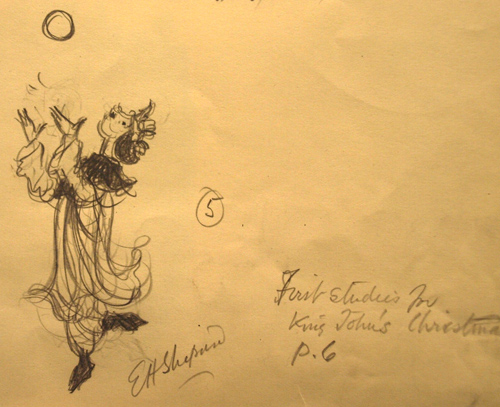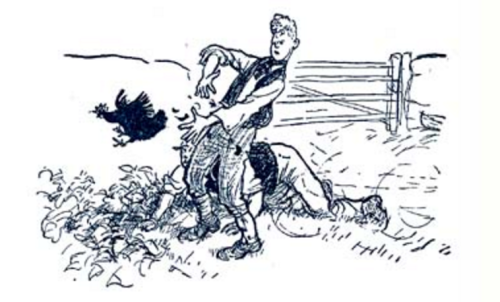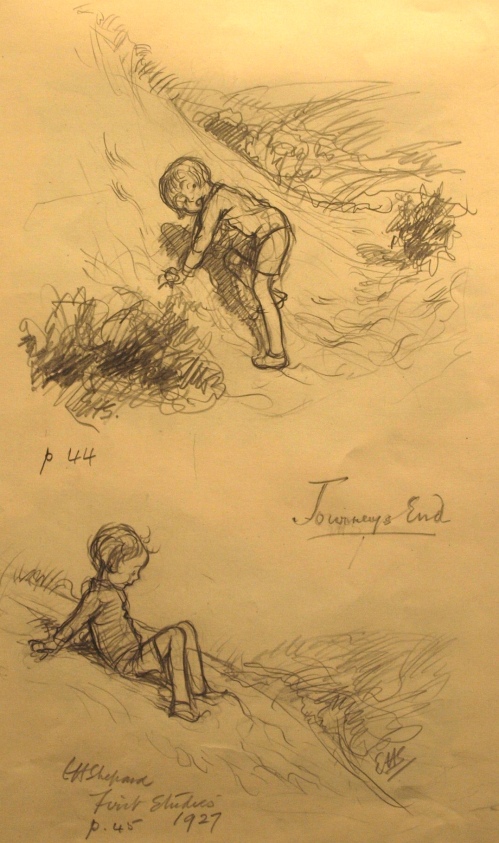
Why does Harry Potter battle spiders? And Wilbur, the pig, befriend one? Why does Odysseus sail the sea and that girl go down in the basement in every horror film?
There are lots of reasons for these creative choices, but I think chief among them is the fact that these are all “charged” symbols, characters and events. They carry more than their literal weight when it comes to creating emotional and psychological effects in the reader or viewer. And as a creator it’s worth your while to learn more about deep symbolism.
Carl Jung is a great place to start. The early-20th century psychologist was one of the first people to explore the human unconscious to try to codify the powerful symbols and images that arise from there.
Recently I checked out Jung’s The Red Book from the public library. It’s Jung’s fascinating exploration of his own unconscious through symbolic writing and his own illustrations. (All the illustrations in this post are from “The Red Book.”)
The writing can be hard to work through. Some is reasonably accessible:
Christmas has come. The God is in the egg.
I have prepared a rug for my Lord, an expensive red rug from the land
Of morning…
I am the mother, the simple maiden who gave birth and did not
Know how.
I am the careful father, who protected the maiden.
I am the shepherd who received his message as he guarded his herd at
Night on the dark fields.
Some of the writing not so much:
However, I am not ready, since I have still not accepted that which chokes my heart. That fearful thing is the enclosing of the God in the egg. I am happy that the great endeavor has been successful, but my fear made me forget the hazards involved. I love and admire the powerful. No one is greater than he with the bull’s horns, and yet I lamed, carried, and made him smaller with ease.
But his paintings are powerful and evocative. It’s hard to say exactly how. I don’t know why I keep coming back to study this dragon slayer, but I do.

Of course, most of his paintings are deliberately symbolic and as, Jung notes, a symbol has “a wider ‘unconscious’ aspect that is never precisely defined or fully explained. Nor can one hope to define or explain it. As the mind explores the symbol, it is led to ideas that lie beyond the grasp of reason.”
Jung goes on to say: “Because there are innumerable things beyond the range of human understanding, we constantly use symbolic terms to represent concepts that we cannot define or fully comprehend.”
In The Red Book, Jung was exploring his own mind, but he believed that many of our symbols (or archetypes, as he called them) were universal coming from the “collective unconscious” of humanity.
One of my writing friends is very aware of Jungian archetypes and other mythic materials such as Joseph Campbell’s hero’s journey. And she consciously works these ideas into her stories. The result is often images or characters or events that are supercharged. Somehow they are more evocative or disturbing than their obvious elements would suggest.

But even if you aren’t that conscious of universal symbols, there’s a good chance you’ll hit on them if you let your thoughts and emotions go deep. What scares you more than it seems it should? What naturally comes to mind as you take your character on an adventure? Does she end up in a cave? Does he travel by water? Meet a monster? Climb mountains? Explore attics and basements?
 Water is often a symbol of the unconscious. And it’s not simply by chance that heroes on a quest for self-knowledge will often cross something watery. We see it in some of our most powerful fiction from The Odyssey to Moby Dick to Ursula LeGuin’s A Wizard of Earthsea. Monsters are constantly rising up from water–the serpent thing in the trash masher in “Star Wars”, the Loch Ness monster, the Swamp Thing.
Water is often a symbol of the unconscious. And it’s not simply by chance that heroes on a quest for self-knowledge will often cross something watery. We see it in some of our most powerful fiction from The Odyssey to Moby Dick to Ursula LeGuin’s A Wizard of Earthsea. Monsters are constantly rising up from water–the serpent thing in the trash masher in “Star Wars”, the Loch Ness monster, the Swamp Thing.
For some reason there seems to be an almost universal fear of spiders (why do we find the swastika so creepy? Is it just contemporary cultural association or does it go deeper.) Yet, EB White makes Wilbur’s friend a spider. White says that’s because he became interested in spiders after watching them on his farm. But it’s hard to believe Charlotte’s Web would have the power it does if Wilbur had befriended a less symbolically charged creature. And I suspect EB White was deliberately playing against type and stirring unconscious emotions with this choice of hero.
Jung believed houses and other buildings are symbolic of our own psyches. Tower rooms may represent our conscious intellect. Dark basement our subconscious and every maker of horror films knows that nothing is more frightening than the idea of going down into the dark unknown that lingers there.
I’m betting most of these creators–from JK Rowling to John Carpenter to Ursula LeGuin–were well aware of the symbolic charge of their choices. And you can be to. If you’re interested in exploring archetypes and symbols more, some good books include Man and his Symbols, a book featuring an essay by Jung and then commentary by others on his ideas. There’s Joseph Campbell’s A Hero with a Thousand Faces, Christopher Vogler’s The Writer’s Journey and Bruno Bettelheim’s The Uses of Enchantment and authors like Clarissa Pinkola Estés who writes extensively about women and their particular symbolic needs and expressions.

























 Sometimes Shephard draws many lines till he finds the right ones (I can relate to that).
Sometimes Shephard draws many lines till he finds the right ones (I can relate to that).






















